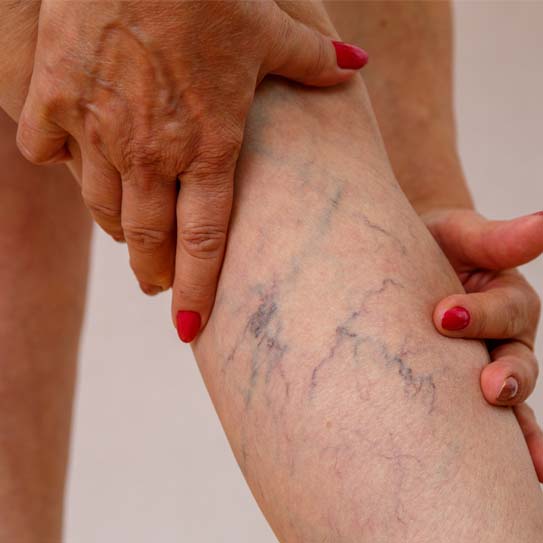
Several tests could be advised before moving further because vitrectomy can be performed for a number of retinal illnesses. The examinations might involve optical coherence tomography, fundus photography, fundus fluorescein angiography, retinal vascular analysis, and visual acuity testing. Through these tests, it is possible to gauge the degree of visual impairment and damage to the eye's structural components. A CT scan, MRI, or other procedures may be advised for additional assessment.
Not every patient receives a vitrectomy in the same way. As a result, each patient's procedure will likely be different in terms of specifics. The process will typically go through the following steps:
Following the completion of the diagnostic, the doctor will design the course of action and provide the patient specific instructions to get them ready for the procedure. The patient is also informed of the dangers, advantages, and alternatives before giving written consent to proceed with the procedure.
The following are the steps involved in preparation:

What is the price of a vitrectomy in India?
The standard policy of all health insurance policies does, in fact, cover vitrectomy procedures. Before you can submit a claim, there might be a two to four year waiting period. Therefore, be sure to speak with the insurance company to comprehend the terms and circumstances.
Does vitrectomy assist in restoring and enhancing vision?
Usually, a vitrectomy is done to address eye disorders that permanently harm the eyes. However, it cannot enhance or restore vision; it can only conserve it.
Can I use my phone or watch TV after having a vitrectomy?
After surgery, you are permitted to use your phone or watch TV. The only thing that you could find challenging for a few days is reading. There won't be any limitations in any other case.
After a vitrectomy, may I continue to use my current corrective lenses?
Probably not. Your refractive power is likely to alter after a vitrectomy, so you'll need new glasses to see well. It will be ideal if you wait at least a week before purchasing new glasses or applying your current ones. After the procedure, the doctor will evaluate your eyes and, after the eye has healed, will recommend spectacles.

Also known as endovenous laser treatment or EVLA, this is a minimally invasive ultrasound-guided procedure that involves the use of ultrasound images and laser fiber in order to kill the delicate lining of the veins. After a few days following the procedure, the body absorbs the dead tissues, closing off the abnormal veins with minimal or no discomfort. This is one of the most commonly preferred methods as it involves far fewer complications, and the recovery time, as well as the success rate of this method, is much faster and higher than that of any surgical process.

Also known as endovenous laser treatment or EVLA, this is a minimally invasive ultrasound-guided procedure that involves the use of ultrasound images and laser fiber in order to kill the delicate lining of the veins. After a few days following the procedure, the body absorbs the dead tissues, closing off the abnormal veins with minimal or no discomfort. This is one of the most commonly preferred methods as it involves far fewer complications, and the recovery time, as well as the success rate of this method, is much faster and higher than that of any surgical process.

Also known as endovenous laser treatment or EVLA, this is a minimally invasive ultrasound-guided procedure that involves the use of ultrasound images and laser fiber in order to kill the delicate lining of the veins. After a few days following the procedure, the body absorbs the dead tissues, closing off the abnormal veins with minimal or no discomfort. This is one of the most commonly preferred methods as it involves far fewer complications, and the recovery time, as well as the success rate of this method, is much faster and higher than that of any surgical process.